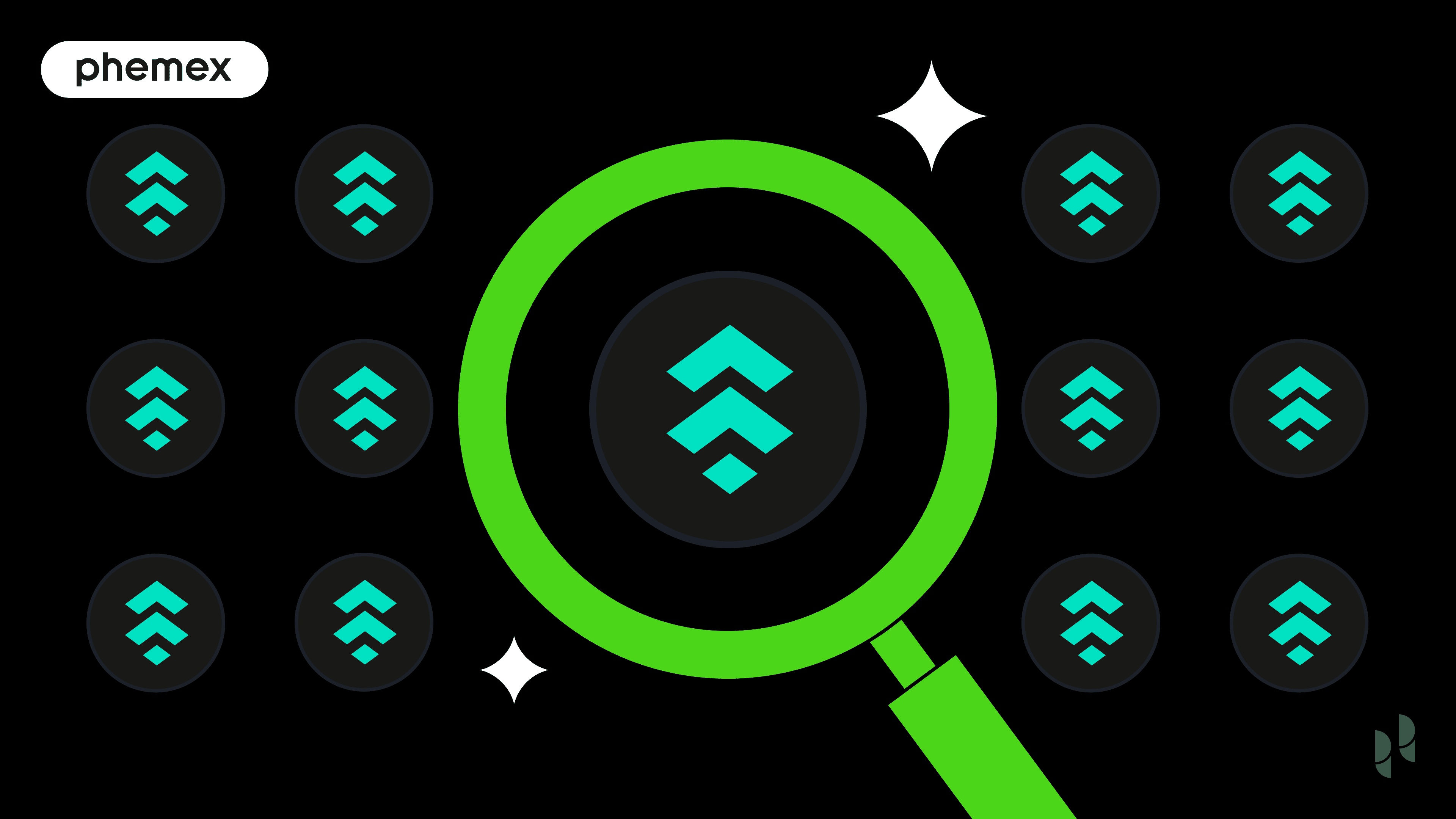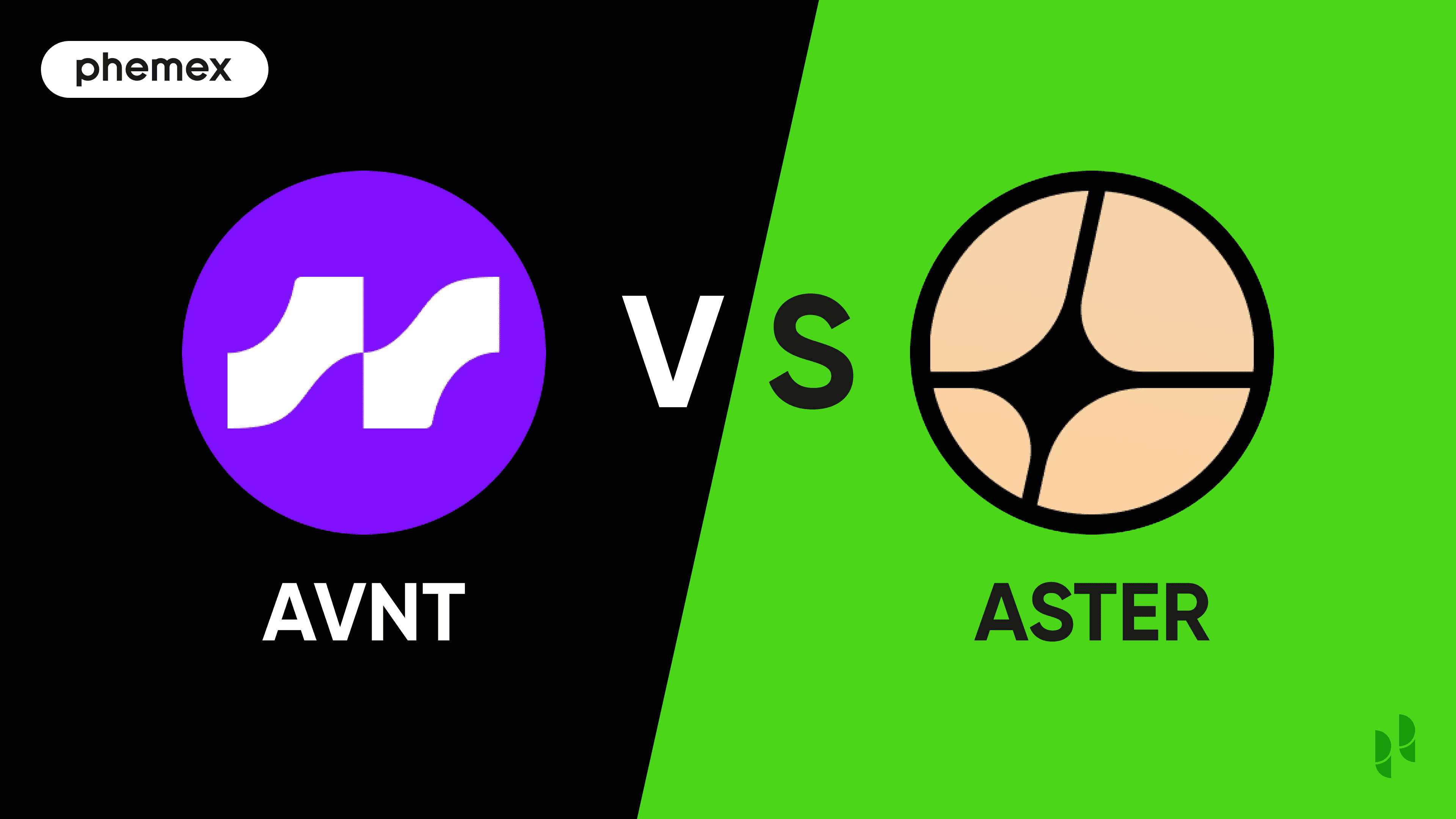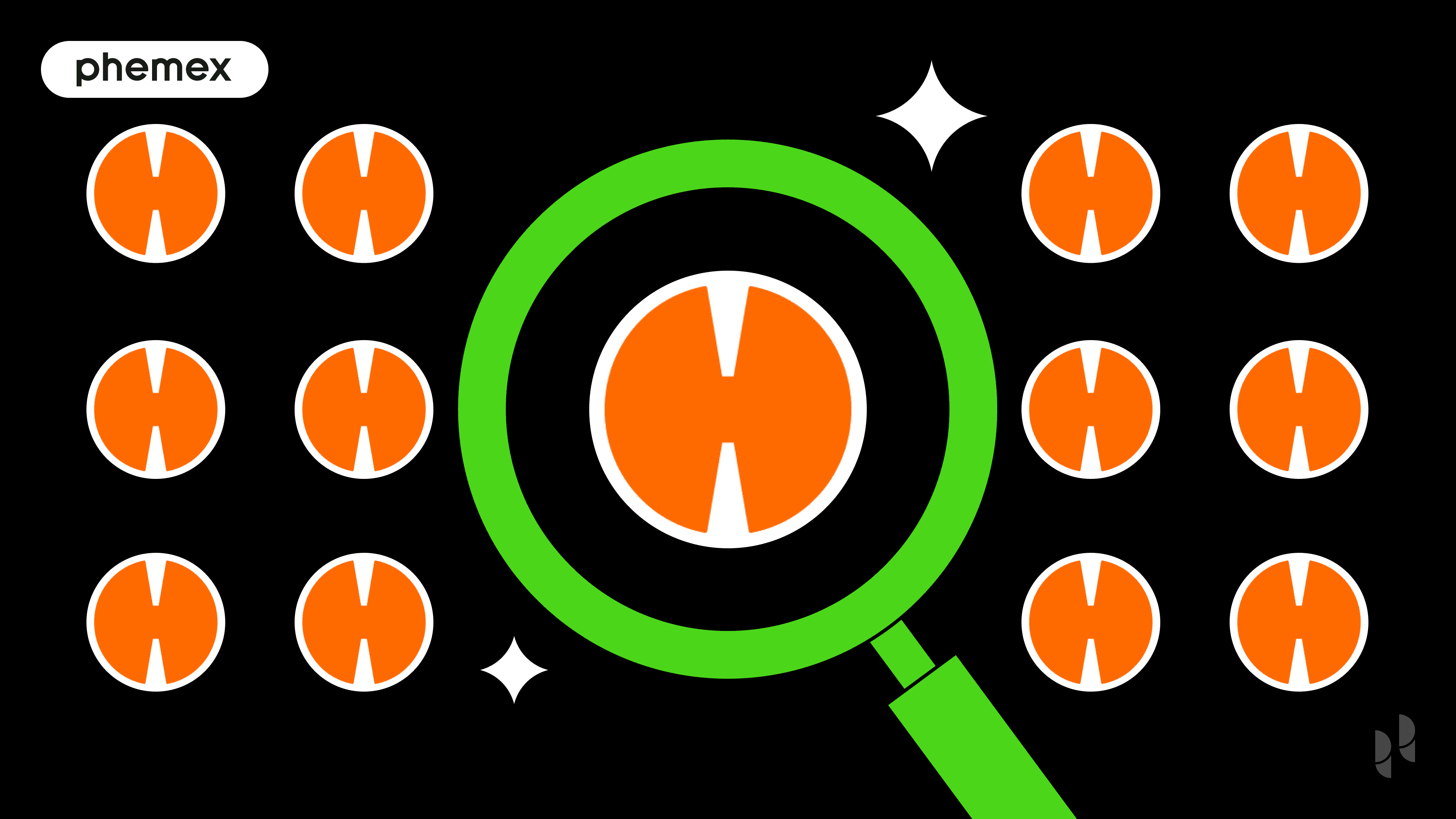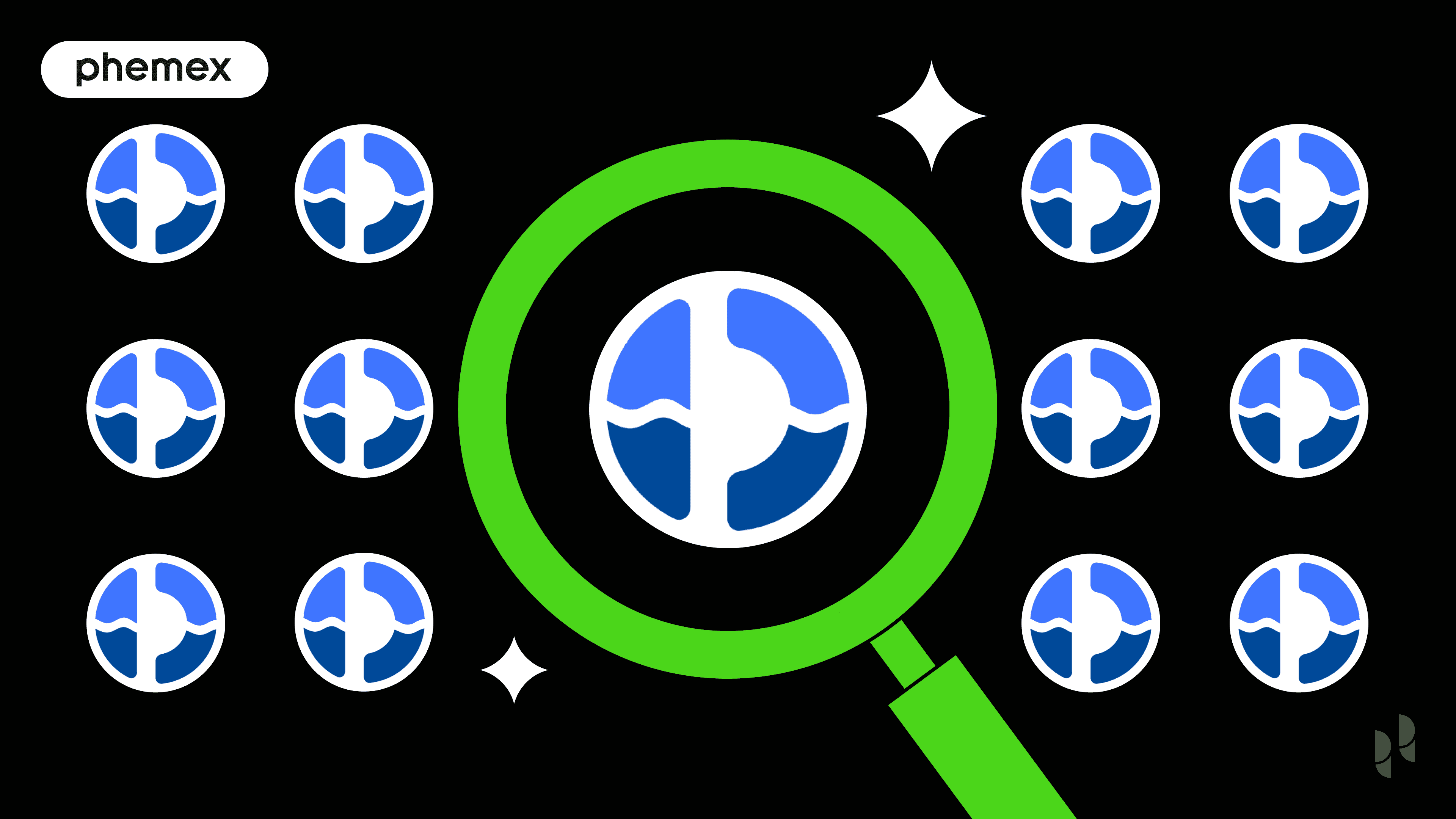Introduction
What is the Tresshouse (TREE) token? Treehouse Protocol pioneers decentralized fixed income for digital assets, introducing tAssets and the Decentralized Offered Rate (DOR) as groundbreaking primitives for transparent benchmark rates. By depositing ETH or Liquid Staking Tokens (LSTs), users receive tETH, driving yield arbitrage and securing DOR’s cryptoeconomic framework. The TREE token, an ERC-20 utility and governance token on Ethereum, powers Treehouse, enabling staking, fee payments, and governance. This empowers everyday investors—like you seeking enhanced yields—to shape a fairer DeFi future. Discover TREE’s role in fixed income innovation with Phemex Academy.

Summary Box (Fast Facts)
-
Token Name: TREE
-
Ticker: TREE
-
Type: ERC-20 utility and governance token
-
Chain: Ethereum
-
Total Supply: 1,000,000,000
-
Token Contract: 0x77146784315Ba81904d654466968e3a7c196d1f3
-
Circulating Supply: 156,122,449
-
Current Market Cap: $33,309,699
What Is TREE?
Treehouse Protocol revolutionizes fixed income DeFi with the Decentralized Offered Rate (DOR), a consensus mechanism that sets transparent benchmark rates using tAssets. The TREE token, an ERC-20 utility and governance token on Ethereum, drives Treehouse by enabling staking for yields, fee payments for DOR data, and protocol governance. Unlike centralized systems with opaque rates, Treehouse ensures fairness and accessibility. It offers:
-
Yield Opportunities: Beginners stake ETH or LSTs for tETH to earn enhanced yields.
-
Advanced Tools: Experts use DOR feeds for innovative financial products.
-
Community Access: Seamless entry via staking and airdrops.
What is DOR?
-
Definition: A consensus mechanism for transparent benchmark rates, essential for fixed income markets.
-
Mechanics: tAssets enable DOR via interest rate arbitrage, converging fragmented rates to a risk-free benchmark.
-
Participants: Panelists stake TREE or tAssets to submit accurate rates, earning consensus payouts.
-
Impact: Powers Treehouse Ethereum Staking Rate (TESR), driving DeFi innovation with accuracy and decentralization.
Why TREE Stands Out
TREE empowers users with:
-
Yield Opportunities: Earn via staking and rate arbitrage, unlike traditional finance.
-
Governance: Vote on protocol upgrades, shaping DeFi.
-
Transparency: Secure, audited platform ensures trust.
-
Innovation: DOR and tAssets lead fixed income DeFi in 2025 .
TREE Token Supply and Distribution
TREE’s distribution aligns stakeholders, with 50% allocated to community and ecosystem growth, per Treehouse’s design.
|
Allocation |
Percentage |
Details |
|---|---|---|
|
Community Rewards |
20.00% |
Staking, governance, and protocol activity rewards |
|
Strategic Investors |
17.50% |
Vesting schedule for early backers and partners |
|
Team |
12.50% |
Multi-year vesting for core team commitment |
|
Treasury |
12.50% |
DAO-controlled for upgrades, partnerships, liquidity |
|
Community Airdrop |
10.00% |
One-time distribution to early contributors |
|
Ecosystem Fund |
10.00% |
Grants for developers, integrations, and DOR products |
|
Core Contributors |
5.00% |
Vesting for protocol design and research contributors |
|
Exchange Partnerships |
3.75% |
Supports exchange listings and community interest |
|
Future Airdrops |
5.75% |
Post-launch growth campaigns and adoption |
|
Liquidity Provision |
3.00% |
Seeds on-chain liquidity pools for stable trading |
Community Rewards and Airdrops
Airdrops distribute 10% to early contributors, with 5.75% for future campaigns. These reward stakers, making TREE accessible.
Token Unlock Schedule
At the Token Generation Event (TGE), a TBD share unlocks for liquidity, with remaining tokens vesting over 48 months. Strategic Investors, Team, and Core Contributors follow multi-year vesting, ensuring sustainable growth.
The Utility of the TREE Token
The TREE token drives Treehouse’s ecosystem, enabling fixed income DeFi and stakeholder incentives.
Key Functions
-
Querying Fees: Pay TREE for DOR data access, generating revenue for stakeholders.
-
Panelist Staking: Panelists stake TREE/tAssets for DOR rate accuracy, aligning interests.
-
Consensus Payouts: TREE rewards Panelists/Delegators for accurate DOR predictions.
-
Governance: TREE holders vote on protocol parameters and upgrades.
-
DAO Grants: TREE funds partnerships and DOR-based product development.
These utilities make TREE essential for users, Panelists, and developers.
Technical Comparison: TREE vs Similar Tokens
TREE competes with DeFi tokens like AAVE and MKR (MakerDAO). Here’s how they compare:
|
Token |
Ecosystem |
Focus |
Blockchain |
Key Utilities |
|---|---|---|---|---|
|
TREE |
Treehouse Protocol |
Fixed income benchmark rates |
Ethereum |
Querying fees, staking, governance, DOR payouts |
|
Aave |
Lending and borrowing |
Ethereum, Polygon |
Flash loans, staking, governance |
|
|
MakerDAO |
Stablecoin governance |
Ethereum |
Governance, collateral management |
What Sets TREE Apart
TREE’s focus on DOR and fixed income DeFi distinguishes it from AAVE’s lending and MKR’s stablecoin focus. Its tAssets and rate arbitrage enable unique yield opportunities, appealing to DeFi innovators.
The Technology Behind Treehouse Protocol
Treehouse Protocol harnesses Ethereum’s blockchain to redefine fixed income DeFi, using tAssets to power the Decentralized Offered Rate (DOR) for transparent benchmark rates. By staking ETH or Liquid Staking Tokens (LSTs), users receive tETH, enabling yield arbitrage and securing DOR’s cryptoeconomic framework. Operators and Panelists manage DOR feeds in a participant-driven economy, supported by robust security measures to ensure trust and innovation.
Core Features
-
tAssets: Enable DOR for robust fixed income rates.
-
LST 2.0: Stake tokens for arbitrage-driven yields.
-
Security: Audits, bug bounty, and insurance fund.
Ethereum Accessibility
Treehouse runs on Ethereum, delivering secure, decentralized transactions. DOR feeds empower innovative financial products.
Treehouse Protocol’s Future and Challenges in 2025
With its robust technology, Treehouse is poised to lead fixed income DeFi.
Future
Treehouse could redefine fixed income DeFi by 2025, empowering users to:
-
Earn TREE tokens through staking and governance.
-
Leverage DOR and tAssets for innovative financial products.
-
Drive DeFi growth with transparent benchmark rates.
Challenges
-
Funding: Limited resources may hinder scaling, though grants aim to boost adoption.
-
Technical Risks: DOR feed delays could arise, but innovation persists.
-
Regulation: DeFi regulatory hurdles require careful navigation.
Is TREE a Good Investment? Analysis
Is TREE a good investment? TREE’s utilities, including querying fees, staking, and governance, position it for growth as DOR adoption expands in fixed income DeFi. With tAssets enabling yield arbitrage, users can earn enhanced returns, supported by a 1B supply and 48-month vesting for sustainability. However, risks like market volatility, competition from AAVE/MKR, and DeFi regulations could impact value. Key considerations include:
-
Potential: Demand from DOR usage and 30% community/ecosystem allocations.
-
Risks: Volatility tied to DOR success and regulatory uncertainty.
-
Action: Research fundamentals, as governance depends on participation.
Not investment advice—DYOR and consult experts.
Conclusion
The TREE token unlocks a fixed income DeFi future, empowering users to earn yields and govern Treehouse Protocol. With utilities like staking and DOR payouts, it’s ideal for DeFi users. Despite risks, Treehouse shines in 2025. Dive deeper at Phemex Academy.
Disclaimer
The content provided in this article is for informational purposes only and does not constitute financial, investment, legal, or trading advice. Cryptocurrency markets are highly volatile and involve significant risk. Readers should conduct their own research and consult with a qualified financial advisor before making any investment or trading decisions. Phemex and the author are not responsible for any losses or damages resulting from the use of the information presented herein.





